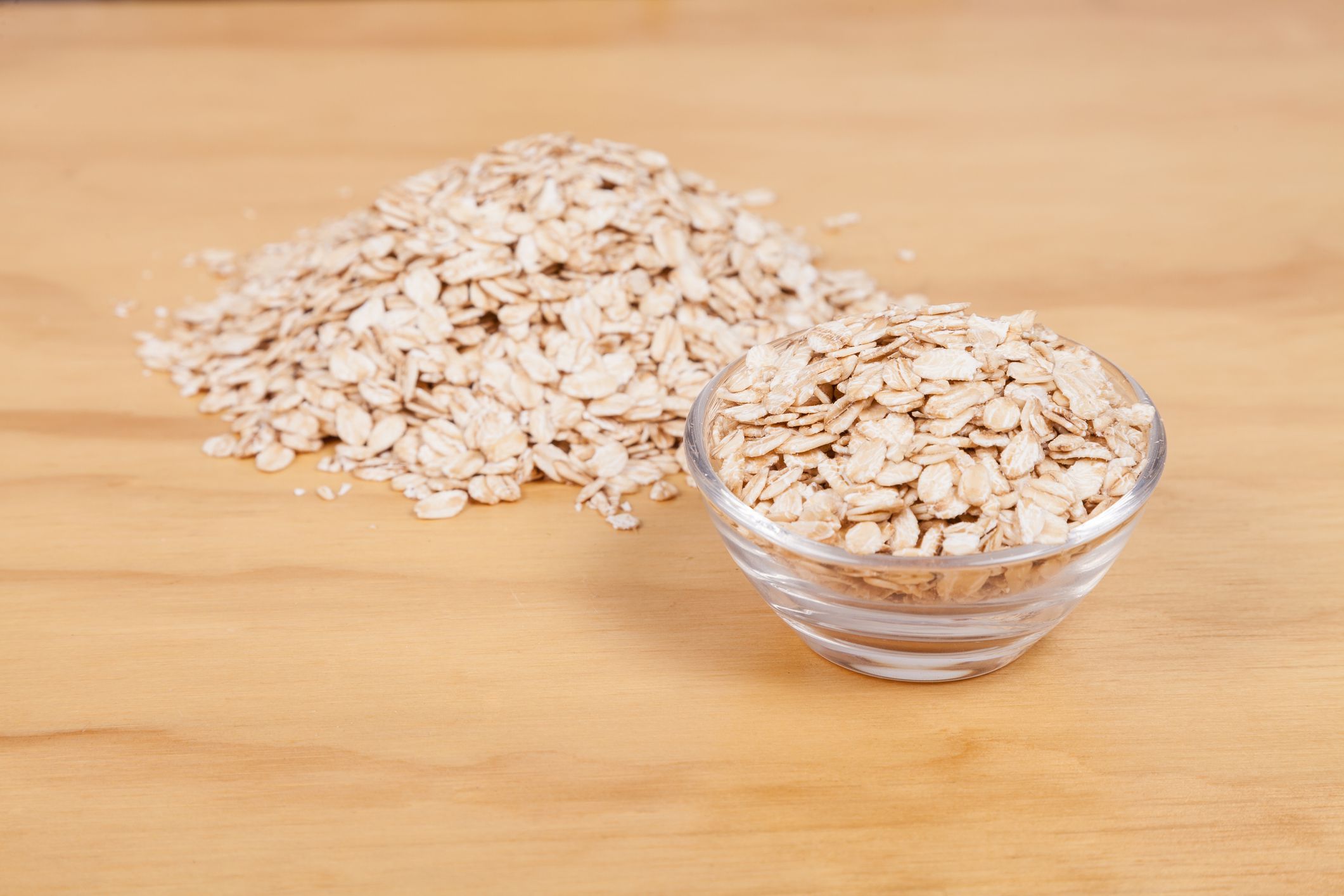

Articles
How To Store Oatmeal
Modified: January 8, 2024
Learn the best way to store oatmeal in this informative article. Find helpful tips and tricks for keeping your oats fresh and delicious for longer.
(Many of the links in this article redirect to a specific reviewed product. Your purchase of these products through affiliate links helps to generate commission for Storables.com, at no extra cost. Learn more)
Introduction
When it comes to breakfast choices, oatmeal is a popular and wholesome option. Packed with fiber, vitamins, and minerals, oatmeal provides a nutritious and satisfying start to the day. Whether you prefer steel-cut oats, rolled oats, or instant oatmeal, properly storing your oatmeal is essential to maintain its freshness and flavor.
In this article, we will explore the factors to consider when storing oatmeal, the different types of oatmeal available, the best storage containers to use, and tips for maximizing freshness. By following these guidelines, you can ensure that your oatmeal stays delicious and nutritious for a long time.
Key Takeaways:
- Keep oatmeal fresh by storing it in airtight containers away from moisture, light, and strong odors. Choose the right container material and follow proper storage guidelines to maintain its flavor and nutrients.
- Whether it’s steel-cut, rolled, or instant oatmeal, proper storage is key. Use glass jars, plastic containers, or metal canisters to keep oatmeal fresh. Follow storage tips to maximize its shelf life and enjoy a nutritious breakfast every day.
Read more: How To Store Baked Oatmeal
Factors to Consider
Before diving into the various storage methods, there are a few factors to consider when it comes to storing oatmeal:
- Moisture: Oatmeal can absorb moisture easily, so it’s important to keep it in a dry environment. Moisture can cause the oats to become clumpy and spoil faster.
- Temperature: Oatmeal should be stored in a cool and dry place. Exposing it to heat can accelerate the spoiling process and affect the taste and texture.
- Light: Exposure to light can lead to the degradation of the oatmeal’s nutritional content. It is best to store oatmeal in a dark or opaque container to protect it from light.
- Airtightness: Keeping oatmeal in an airtight container is crucial in preventing moisture and insects from accessing it. This helps maintain the freshness and quality of the oats.
- Container Material: Choosing the right container material is essential. It should be non-reactive and non-porous to prevent any transfer of odors or flavors to the oatmeal.
By taking these factors into account, you will be well-prepared to store your oatmeal effectively.
Types of Oatmeal
Oatmeal comes in various forms, each with its own unique texture and cooking time. Understanding the different types of oatmeal can help you choose the one that best suits your preferences and storage needs:
- Steel-Cut Oats: Also known as Irish oats, steel-cut oats are the least processed form of oatmeal. They are made by cutting the whole oat grain into small pieces. Steel-cut oats have a chewy texture and take longer to cook compared to other types. However, their higher fiber content makes them a popular choice for those looking for a hearty and filling breakfast.
- Rolled Oats: Rolled oats are made by steaming and flattening the oat groats. They have a flatter shape and a softer texture compared to steel-cut oats. Rolled oats can be further categorized into old-fashioned oats and quick oats. Old-fashioned oats have a slightly thicker texture and require longer cooking time, while quick oats are thinner and cook faster.
- Instant Oatmeal: Instant oatmeal is the most convenient option for those who are short on time. It is pre-cooked, flavored, and usually comes in individual packets that can be easily prepared by adding hot water or milk. However, instant oatmeal tends to have added sugars and fewer nutrients compared to steel-cut or rolled oats.
When it comes to storage, all types of oatmeal can be stored using similar methods. The key is to keep them in airtight containers to maintain their freshness and prevent moisture absorption.
Proper Storage Containers
Choosing the right storage container for your oatmeal is essential in ensuring its freshness and longevity. Here are some recommendations for proper storage containers:
- Glass Jars: Glass jars are a popular choice for storing oatmeal due to their non-reactive and non-porous nature. They are also transparent, allowing you to easily see the contents. Look for jars with airtight lids to prevent moisture and air from reaching the oatmeal.
- Plastic Containers: If you prefer a lightweight and portable option, plastic containers with tight-sealing lids are a good choice. Opt for BPA-free containers to ensure there are no harmful chemicals leaching into your oatmeal.
- Food Storage Bags: If you have limited space or need a more flexible storage option, food storage bags can be used. Choose quality resealable bags made from food-grade materials to maintain the freshness of your oats. It is recommended to double-bag the oatmeal to provide an extra layer of protection.
- Metal Canisters: Metal canisters, such as stainless steel or tin, can provide excellent protection against moisture and light. Ensure the canisters have a tight-fitting lid to maintain the oatmeal’s freshness.
Regardless of the container you choose, make sure it is clean and dry before storing your oatmeal. Labeling the containers with the date of storage can help you keep track of its freshness.
Store oatmeal in an airtight container in a cool, dry place to prevent it from absorbing moisture and becoming stale. This will help maintain its freshness and flavor for a longer period of time.
Storing Uncooked Oatmeal
Uncooked oatmeal requires proper storage to maintain its freshness, texture, and flavor. Here are some tips for storing uncooked oatmeal:
- Transfer to an Airtight Container: Once you’ve opened the packaging, transfer the oatmeal to an airtight container. This will help prevent moisture, insects, and odors from affecting the quality of the oats.
- Choose a Cool and Dry Location: Store the container of oatmeal in a cool and dry place, away from direct sunlight and heat sources. This will help preserve the freshness and prevent the oats from becoming stale.
- Avoid Freezing Uncooked Oatmeal: While freezing may seem like a viable option, it can lead to changes in texture and affect the taste of the oats. It is best to store uncooked oatmeal at room temperature.
- Monitor the Expiration Date: Oatmeal has a relatively long shelf life. However, it is still important to check the expiration date on the original packaging and consume it before that date for the best quality.
By following these guidelines, you can ensure that your uncooked oatmeal stays fresh and ready to be used for a nourishing breakfast or as an ingredient in various recipes.
Read more: How To Store Oatmeal Cookies
Storing Cooked Oatmeal
If you have leftover cooked oatmeal that you want to store for later use, proper storage is key to maintain its taste and texture. Here’s how to store cooked oatmeal:
- Cool the Oatmeal: Allow the cooked oatmeal to cool down at room temperature for about 30 minutes before storing it. This helps prevent condensation from forming inside the container and keeps the oatmeal from becoming soggy.
- Portion into Individual Servings: Divide the cooked oatmeal into individual servings, especially if you plan on reheating only a portion at a time. This way, you won’t have to reheat the entire batch every time you want to enjoy a serving.
- Choose the Right Containers: Use airtight food containers or resealable bags to store the cooked oatmeal. Make sure the containers are clean and dry before adding the oatmeal.
- Refrigerate or Freeze: If you plan to consume the oatmeal within a few days, store it in the refrigerator. It can be kept in the fridge for up to 4-5 days. If you want to store it for a longer period, consider freezing it. Frozen cooked oatmeal can stay fresh for up to 3 months.
- Label and Date: To keep track of the storage time, label the containers with the date of storage. This helps you identify the freshness of the oatmeal and prevent it from being forgotten at the back of the fridge or freezer.
When reheating the stored oatmeal, add a splash of milk or water to restore its creamy consistency. You can warm it in the microwave or on the stovetop, stirring occasionally until it reaches the desired temperature.
By following these storage guidelines, you can enjoy a quick and convenient breakfast with minimal preparation time, even when you have leftover cooked oatmeal.
Tips for Maximum Freshness
To ensure that your oatmeal stays fresh and flavorful for as long as possible, consider the following tips:
- Buy in Small Quantities: If you don’t consume oatmeal frequently, consider buying it in smaller quantities to avoid having it sit for too long. This helps maintain its freshness.
- Store in a Dark Place: Oatmeal should be stored in a dark or opaque container to protect it from light. Exposure to light can cause the oats to become rancid and lose their nutritional value.
- Avoid Moisture: Moisture is the enemy of oatmeal. Keep it away from areas with high humidity, such as near the stove or sink, as moisture can cause the oats to spoil and become clumpy.
- Keep Away from Strong Odors: Oatmeal can pick up strong odors from nearby foods or spices. Store it away from pungent ingredients to preserve its natural flavor.
- Check for Signs of Spoilage: Periodically inspect your stored oatmeal for any signs of spoilage, such as an off smell or the presence of insects. If you notice any, discard the affected oats immediately.
- Rotate Stock: Practice the “first in, first out” method to ensure that you use the oldest oatmeal first. This prevents the older oats from sitting in storage for too long and ensures that you consume them before they lose their freshness.
- Consider Vacuum Sealing: For long-term storage, you can use a vacuum sealer to remove excess air from the oatmeal container, prolonging its shelf life and keeping it fresh.
By implementing these tips, you can extend the shelf life of your oatmeal and enjoy its delicious taste and nutritional benefits for a longer period.
Conclusion
Properly storing oatmeal is essential to maintain its freshness, flavor, and nutritional value. By considering factors such as moisture, temperature, light, and airtightness, you can create an optimal storage environment for your oatmeal.
Understanding the different types of oatmeal available, such as steel-cut oats, rolled oats, and instant oatmeal, allows you to choose the variety that best suits your preferences and storage needs.
When it comes to containers, options like glass jars, plastic containers, food storage bags, and metal canisters provide effective solutions for storing oatmeal. It is important to choose containers that are non-reactive, non-porous, and airtight to prevent moisture, insects, and odors from compromising the quality of the oats.
Whether you are storing uncooked oatmeal or leftover cooked oatmeal, following the proper storage methods ensures that your oats stay fresh and ready to enjoy. Cooling cooked oatmeal, portioning it into servings, and labeling containers with dates are all effective strategies for maintaining long-term freshness.
Finally, incorporating tips like buying in small quantities, storing in a dark place, avoiding moisture, keeping away from strong odors, checking for spoilage, rotating stock, and considering vacuum sealing can further optimize the freshness and longevity of your oatmeal.
By implementing these storage techniques and guidelines, you can ensure that your oatmeal remains delicious, nutritious, and ready to fuel your mornings for an extended period of time.
So go ahead, stock up on your favorite oatmeal and apply these storage tips to enjoy a wholesome and satisfying breakfast every day!
Frequently Asked Questions about How To Store Oatmeal
Was this page helpful?
At Storables.com, we guarantee accurate and reliable information. Our content, validated by Expert Board Contributors, is crafted following stringent Editorial Policies. We're committed to providing you with well-researched, expert-backed insights for all your informational needs.
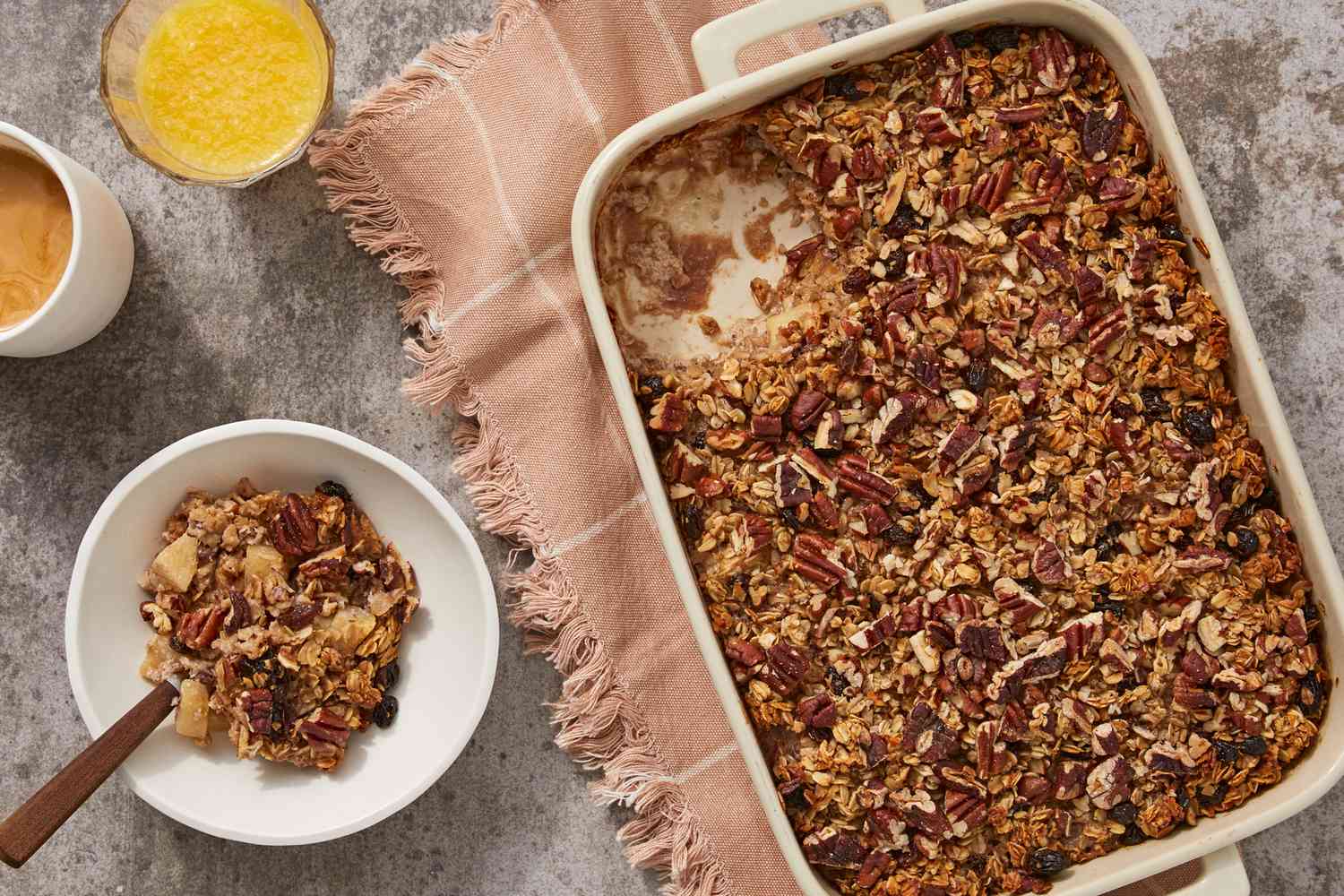
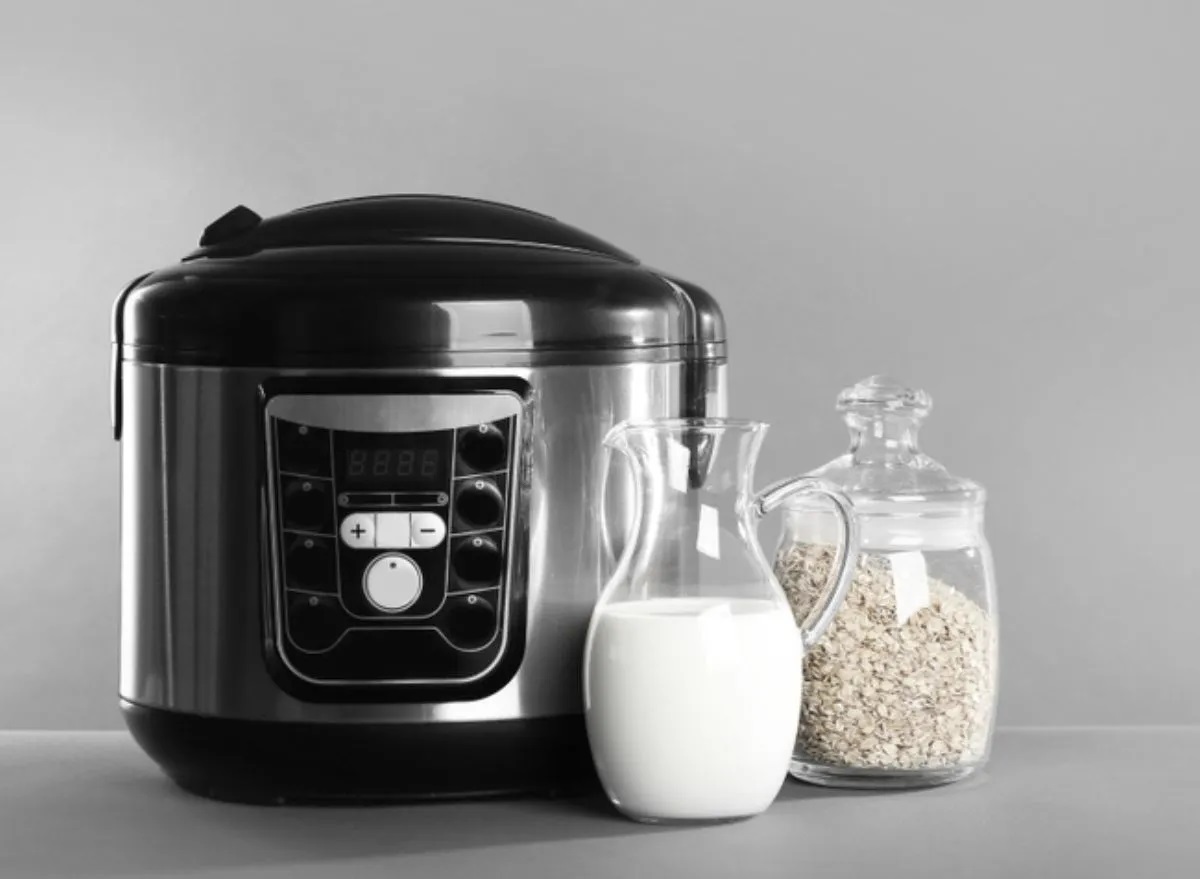
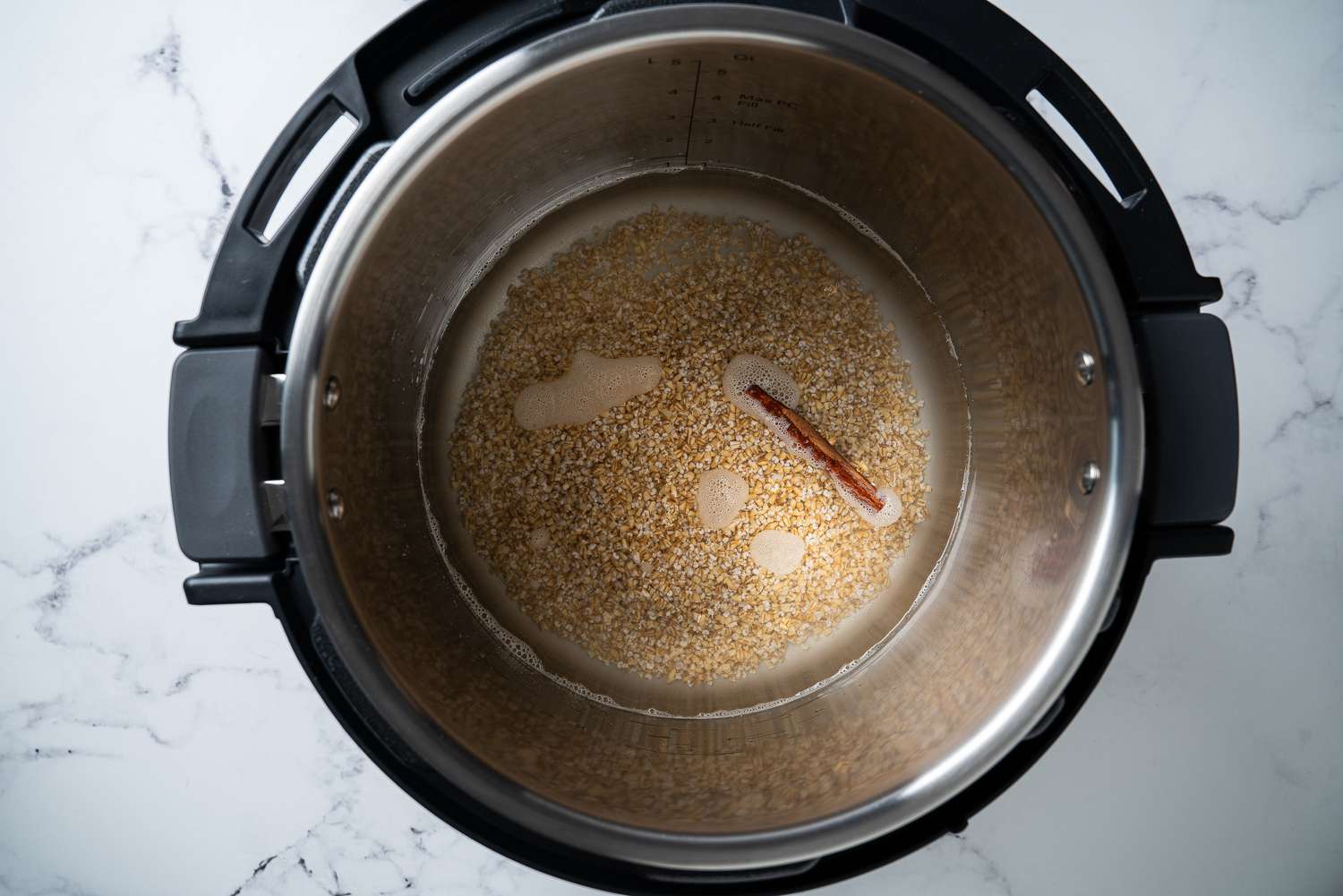

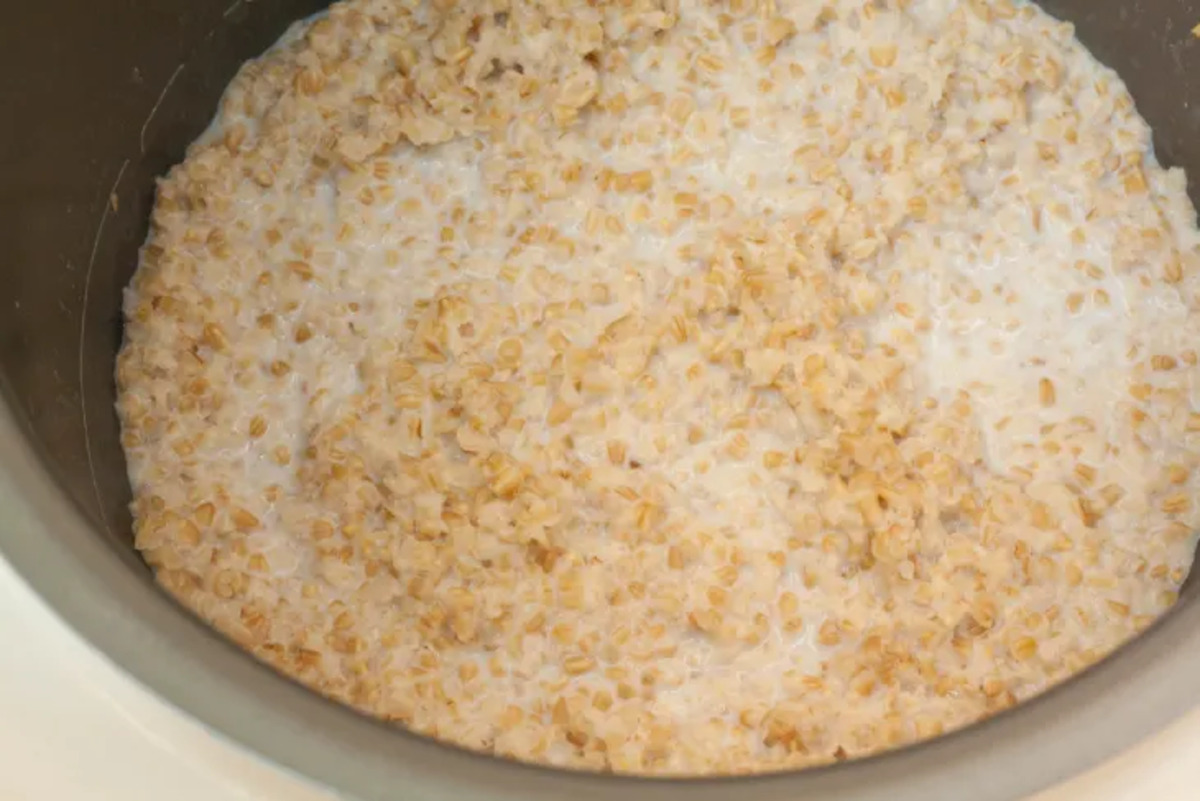



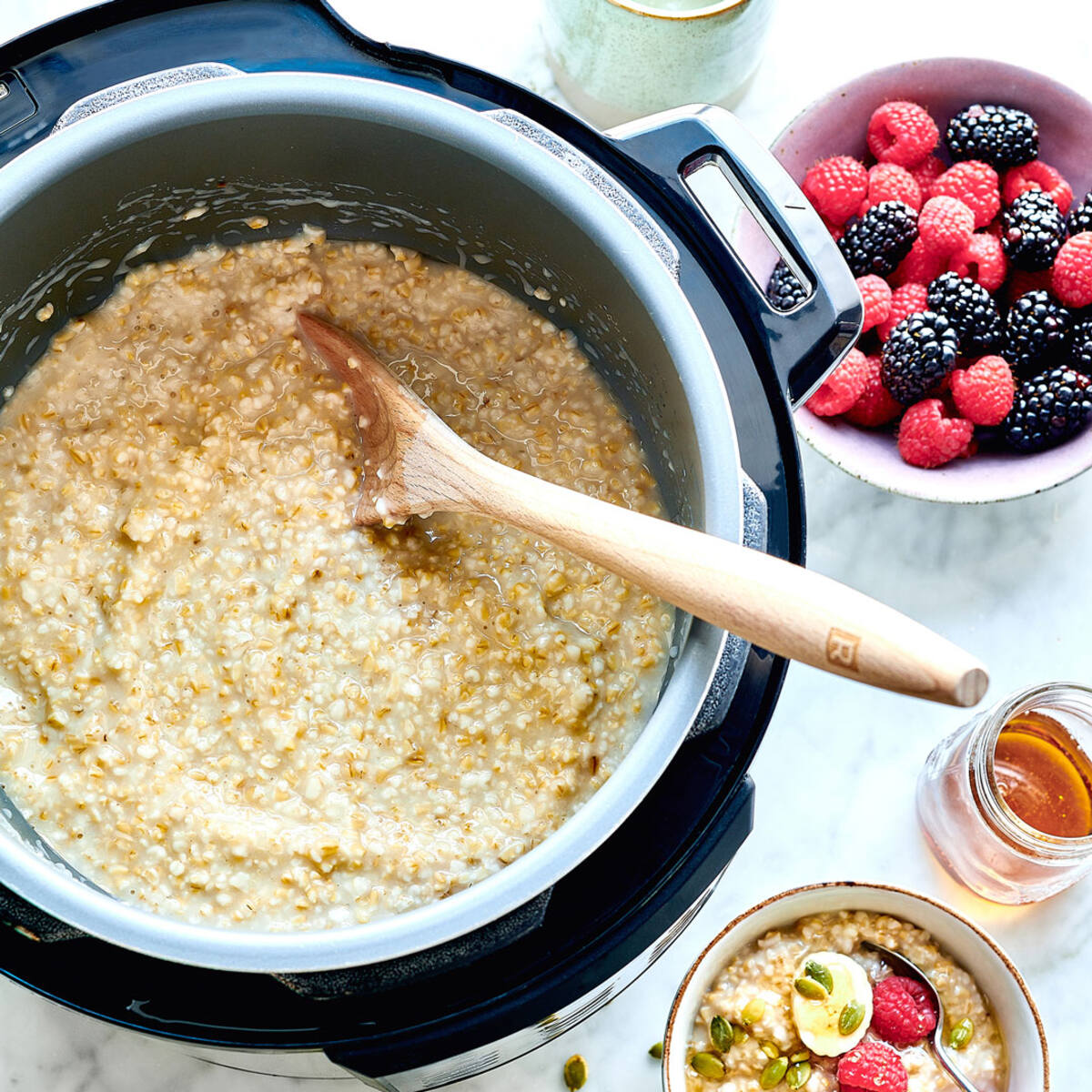






0 thoughts on “How To Store Oatmeal”